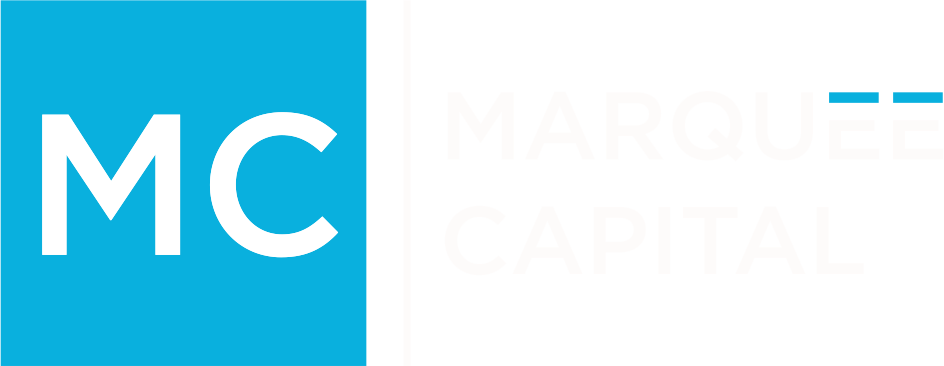First featured on LinkedIn:

Financial Analysis
The goal of financial analysis is simple, to confirm the Net Operating Income (NOI) of a retail asset through an analysis of the operating income and expenses. In practice, this task is a complex puzzle that requires sifting through layers of financial data, scrutinizing variable and fixed expenses, assessing potential capital expenditures, and understanding the nuances of legal agreements. Each of these steps is vital for painting an accurate picture of the real income-generating potential of the property. This deep dive into the financials not only audits the past data and highlights the current performance but also forecasts the asset’s future trajectory.
Operating Income
When reviewing the income of a property, the rent roll is a great place to begin, but only represents a snapshot in time detailing the current income. How and when tenants renew their leases, which expenses are reimbursed, and whether income can be regarded as “permanent” begins to tell the complete story of past, present and future NOI and value.
- Rental Income
Beyond assessing current rental rates, occupancy levels, and lease terms, we meticulously examine all past lease agreements to gauge tenants’ commitment to maintaining their presence in the shopping center. A property characterized by high occupancy, with long-standing tenants who seek lease renewals ahead of time — at rates that meet or surpass the prevailing market expectations — signals a robust and appealing asset. We calculate key metrics including Weighted Average Lease Term (WALT) and the Compound Annual Growth Rate (CAGR) to quantify both the long-term risk and potential income.
- Reimbursable Income
A well-run property will find the optimum balance required to keep the property well maintained while passing the majority of costs to the tenants. The expense reimbursement is a major portion of NOI, as there is potential to recoup 100% of what is spent to operate the center, depending on lease clauses and how carefully the expenses are managed. We audit the historical Common Area Maintenance (CAM) reimbursement calculations and build our own calculation model from scratch in order to assess whether a property is operating at a loss. Using our reimbursement prediction model and projected budget we substantiate the past reimbursement rates and predict future reimbursement rates.
- Alternative Income
Beyond the typical lease agreements, alternative income sources like parking fees, electric vehicle charging stations, billboard and signage space rentals, as well as temporary setups such as pop-up stores or seasonal retail, offer added value. However, given their short-term nature, these income streams may not always be stable enough for inclusion in the Net Operating Income (NOI) calculation over the long term. We evaluate all such agreements to gauge the consistency and reliability of these alternative revenue streams.
Operating Expenses
Operating expenses are typically categorized into four main groups: Real Estate Taxes, Insurance, Common Area Maintenance (CAM), and Capital Expenditures. The approach to evaluating these expenses varies but is always done with the goal of decreasing costs while maintaining efficiency and performance.
- Real Estate Taxes
The interval at which real estate taxes are reassessed can vary based on the local taxing authority’s policies and the property’s location. While property taxes are typically assessed on an annual basis, the reassessment of property values might happen at less regular intervals — every two, three, or even five years. Reassessments may also occur with the sale of a property, following substantial renovations, or if there’s a change in its use. We research the assessment schedule, criteria, and past tax rate trends in a specific area to predict future tax liabilities. Additionally, we may consult with local tax attorneys to avoid reassessments, if possible, navigate potential tax increases and explore the possibility of appealing significant rate hikes.
- Insurance
To forecast future insurance costs, we analyze historical premium trends, review past claim frequency, and assess risks linked to the property’s location and architecture, such as vulnerability to natural disasters. We evaluate whether the existing insurance coverage is adequate, project potential financial implications, and identify areas that may require additional insurance protection.
- Common Area Maintenance (Repairs, Maintenance, and Utilities)
In addition to a detailed inspection of the property’s physical aspects, we review the current service contracts (landscaping, snow removal, sweeping, trash removal, fire suppression, etc.) and meet with the service providers to assess both the contractor’s performance and the previous owner’s management of the contracts in the past. We can often find areas to cut costs or improve performance and efficiencies through careful planning and proactive management of services. We also review past utility usage to identify consumption patterns and opportunities for cost reduction including energy-efficient improvements such as LED lighting or irrigation monitoring systems.
- Capital Expenditure (Capex)
Capital expenditures (Capex) serve a dual purpose: preserving and creating value. To preserve value, we identify deferred maintenance and estimate the remaining useful life of the property’s structure, conditions, and systems. This is achieved through physical inspections and reviewing past Capex records. Once identified, it is crucial to assess if there are sufficient reserves set aside for future Capex needs, ensuring the building’s value is maintained by preventing decay. Conversely, to create value, Capex can be used to attract and retain tenants through modernization of the property, adding amenities, improving operational efficiency, or expanding leasable space.
